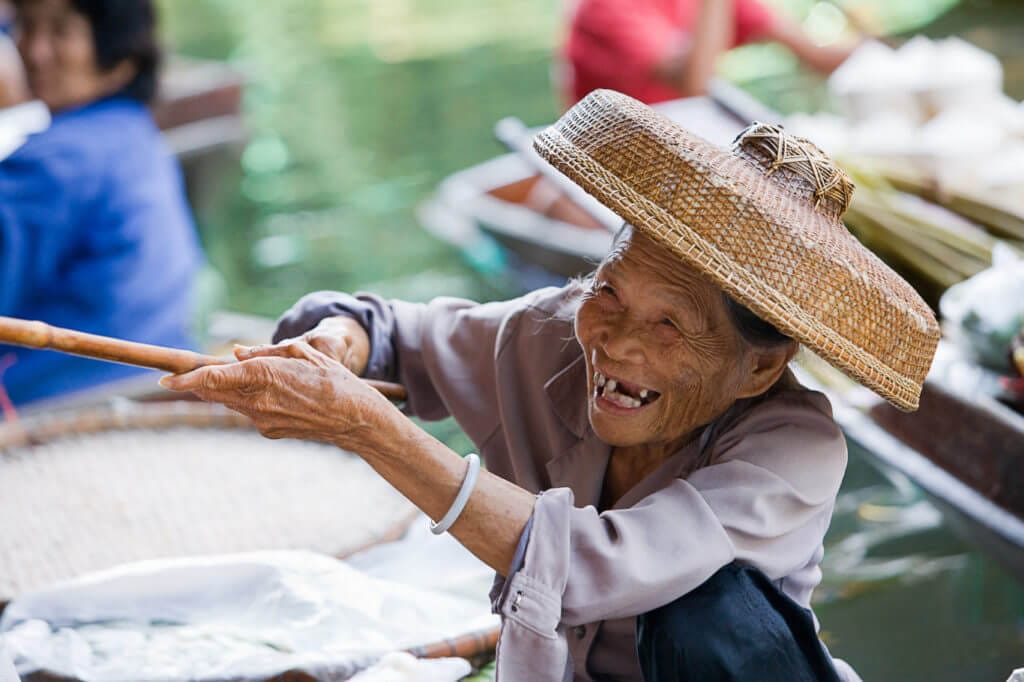Humpback Whale Tour in Hawaii
Study Marine Sciences & Ecotourism in Hawaii
ADD AN IMPACT!
Hawaii has many ways for you to get involved in ecotourism projects during your trip. Be a whale sanctuary volunteer, count the whales during migration, or provide awareness training to visitors. As you volunteer, you learn more about these endangered creatures and why they are truly gentle giants of the ocean.
The Worldwide Navigators Difference


Sojourn – Gain a better understanding of the community you’re visiting. Learn about different religions or spiritual practices. How do these impact the communities? How does religion or spirituality influence local traditions?
1 of 1

Savor – Will you choose sweet or savory? Take the time to visit local markets and discover unique local ingredients. Learn how to prepare traditional meals & local favorites.
1 of 1

Tip of the Tongue – Each morning, take the time to learn a few basic greetings and phrases in the local language. Learn how to write greetings & your name in the local script.
1 of 1

A Wrinkle in Time – History influences our present. Discover the history of the country you visit. Hear the stories of your guides & their family history. Where do they come from?
1 of 1

Journal Journeys – Take some time to reflect on the day’s events and document your journey. Spend a moment journaling about the day had & day ahead. These are memories for a lifetime!
1 of 1

Culture – From local dances, festivals, or simple gestures to communicate – all of these make up a country’s culture. Learn and practice cultural norms & how to show respect in the culture you visit.
1 of 1Itinerary
Upon your arrival in Hawaii, you will be escorted to your hotel to check in and enjoy a free day to explore the local area or relax on the beach. Get ready, because the fun is about to begin.
Following breakfast at your hotel, you will be picked up and taken to one of over 60 designated shore sites on the islands depending on the island of your stay. Following a short orientation, you will be put to work. Your primary job will be to count the number of whales you see offshore along with noting any identifying marks.
According to the Marine Biology Center, “Humpback whales were plentiful in oceans worldwide before the global population was depleted by commercial whaling at the start of the 20th century. In 1993 it was estimated that there were 6,000 whales in the North Pacific Ocean, and that 4,000 of those came to Hawaiʻi… Today that number is estimated at 21,000!”
You will have the afternoon free to explore the island, join a local tour, or relax on the beach.
Following breakfast this morning, you will go to the Hawaii Whale Sanctuary. Here you will learn more about the whales and what is being done to protect and restore this endangered species. Today you can get involved in the care of the whales at the sanctuary or give a short presentation to visitors at the center. We know speaking to the public is not for everyone, so you have a choice.
During the spring and summer months, the whales migrate as far as 3,000 miles to feeding areas as far north as the Bering Sea between Alaska and Siberia. They travel at an average of 3 to 7 miles per hour, so that’s up to 1000 hours of swimming! The Hawaiian Islands contain the largest seasonal population of humpback whales according to the Hawaiian Office of National Marine Sanctuaries.
You will again have the afternoon free to explore or relax.
This morning you can choose whether you want to go to a shore site to count the whales or spend additional time at the sanctuary helping the whales.
This afternoon you will embark on a cruise around the islands, and maybe see some whale activity from the water. If you like, this is also your opportunity to change islands for the remainder of your time in Hawaii.
This morning you will head out very early to see a gorgeous sunrise. Here you will get to witness the beautifully changing colors of the sky as the sun crests and rises for the day. Following a simple breakfast at the site, you will go to your assigned whale-watching shore site to again count the whales and activity in the area.
Your afternoon is free to take a nap, relax on the beach, or explore Hawaii further.
On your final day on the islands, you can again choose whether you want to complete whale counting activities or spend time at the sanctuary.
In the afternoon you are invited to a beach luau to enjoy authentic Hawaii music and dance, tasty barbequed meat, island drinks, and fresh fruits from around the island. After sunset, a bonfire will be lit on the beach for all to enjoy while listening to Hawaiian legends. Be sure to bring some warmer layers as it cools quickly after the sun sets
Today you will return to the airport for your return trip home. We hope you have enjoyed volunteering and learning about humpback whales on this trip to Hawaii. While it may not seem significant, the efforts of many volunteers are helping to restore whale populations all along the west coast and Pacific Ocean. Your efforts have made a difference.
The Hawaiian Islands are a paradise just to visit and relax. But they also provide significant opportunities to participate in ecotourism efforts while protecting the humpback whales that call the islands home. Your time spent counting, working with the sanctuary whales, or providing public education does not go unnoticed. You can truly make an impact this week in this ecotourism adventure!
Value
3-6 Day
Group Trips
- Airfare
- Transportation
- 2.5 - 3-Star Accommodations
- Daily Activities & Excursions
- 2 Meals Per Day
- Tours & Entrance Fees
- Daytime & Self-Guided Tour Director
- 1 Impact Project
Classic
7-12 Day
Group Trips
- Airfare
- Transportation
- 2.5 - 3-Star Accommodations
- Daily Activities & Excursions
- 2 Meals Per Day
- Tours & Entrance Fees
- Daytime Guided Tour Director
- Up to 2 Impact Projects
Epic
7-14 Day
Group Trips
- Airfare
- Transportation
- 3.5 - 4-Star Accommodations
- Daily Activities & Excursions
- 2 Meals Per Day
- Tours & Entrance Fees
- 24/7 Guided Tour Director
- Up to 3 Impact Projects
- Final Night Celebration Dinner
Interested in adding or modifying activities? No problem! All Worldwide Navigator itineraries can be customized to your liking!
In collaboration with our partners


